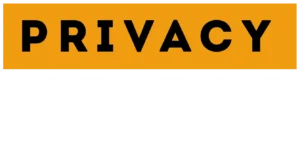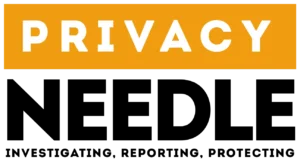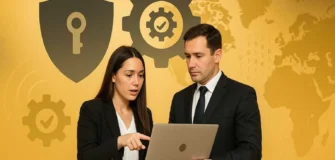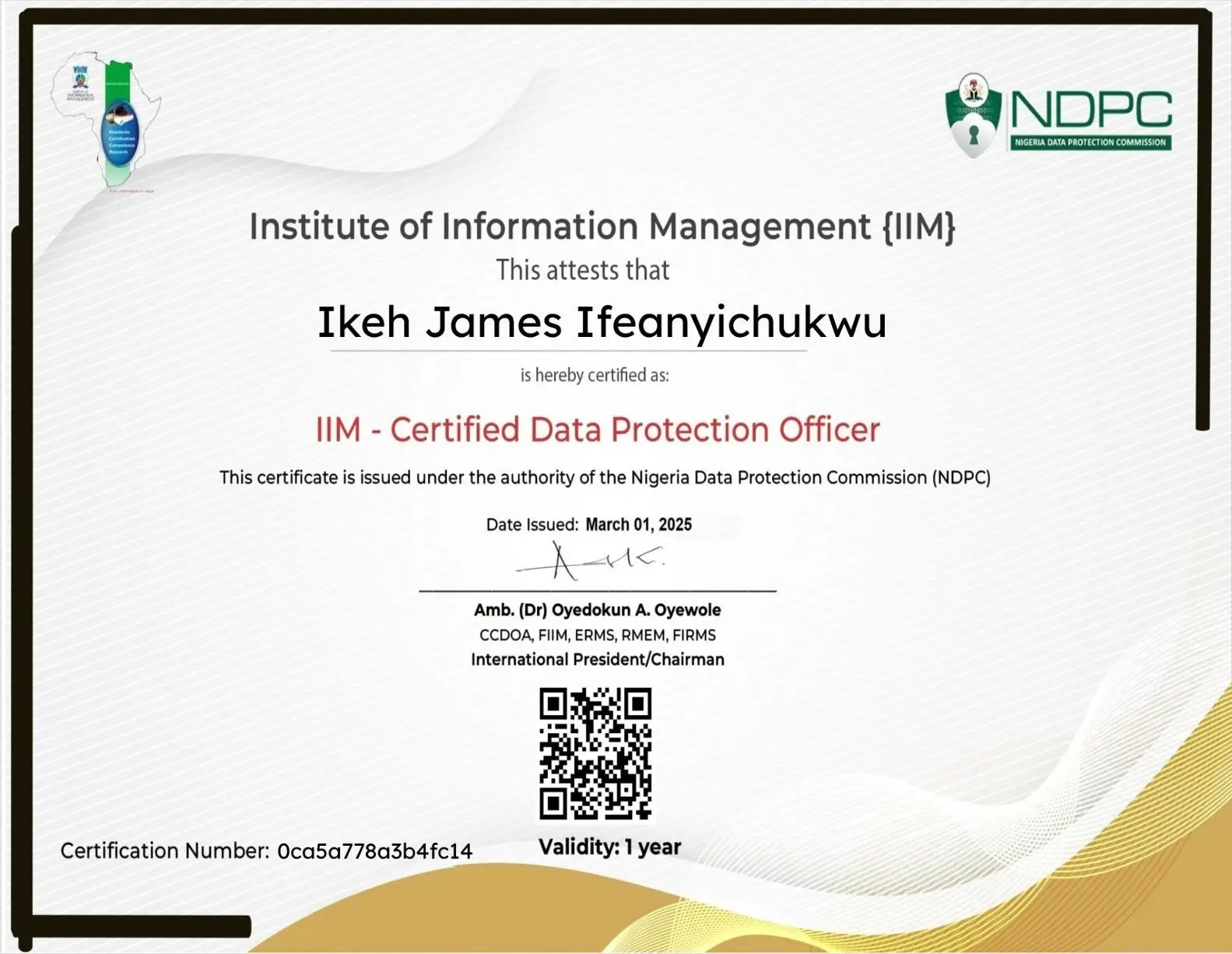Why Everyone Is Suddenly Talking About Digital Minimalism: (And How It Can Change Your Life)
Share

The New Digital Awakening
In an age where our phones buzz every few minutes and screens follow us from dawn till midnight, a quiet revolution is taking shape — Digital Minimalism.
The idea isn’t new, but it has exploded into mainstream conversation in 2025. From tech CEOs to college students, people are rethinking their relationship with technology and asking a simple but powerful question: Do I really need to be online all the time?
This shift is not just about deleting apps; it’s about regaining focus, clarity, and control in a hyperconnected world.
What Is Digital Minimalism?
Digital minimalism is a philosophy of using technology intentionally — only for what truly adds value to your life — and eliminating the digital noise that drains your attention.
Popularized by computer science professor Cal Newport, author of Digital Minimalism: Choosing a Focused Life in a Noisy World, the concept encourages people to reclaim their time and mental energy by cutting back on excessive digital consumption.
Core Principles of Digital Minimalism
| Principle | Description | Example |
|---|---|---|
| Intentional Use | Use tech tools with a clear purpose rather than out of habit. | Using Instagram only for creative inspiration, not endless scrolling. |
| Quality Over Quantity | Focus on fewer, high-value digital activities. | Watching one valuable TED Talk instead of 20 random YouTube shorts. |
| Solitude & Reflection | Make time away from screens for deeper thinking. | Taking a daily walk without your phone. |
Why Digital Minimalism Is Trending in 2025
Several forces have converged to make digital minimalism a hot global topic:
1. Digital Fatigue and Burnout
According to a 2024 Statista report, the average person spends over 7 hours daily on screens — nearly half of their waking life.
The result? Mental exhaustion, distraction, and burnout.
Psychologists have begun referring to this as “digital fatigue syndrome”, where people feel constantly tired, anxious, or emotionally drained by information overload.
2. The Rise of Mental Health Awareness
Organizations like the World Health Organization (WHO) have linked excessive screen use with increased stress, sleep deprivation, and social anxiety.
This has prompted many to adopt minimalist tech habits, such as:
- Screen-free weekends
- App time limits
- Morning routines without devices
Even major corporations like Google and Apple have integrated “Digital Wellbeing” features to help users track and reduce screen time.
3. The AI and Social Media Overload
The explosion of AI-powered feeds, notifications, and personalized ads has made the internet more attention-hungry than ever.
People are beginning to resist constant algorithmic manipulation — a movement some call “the attention rebellion.”
Digital minimalism has emerged as an antidote to algorithmic addiction, giving individuals the power to choose when and how they engage online.
Real-Life Examples: People Practicing Digital Minimalism
1. The “No-Social-Media” Challenge
When business coach Anna Martinez quit social media for 30 days, she found her productivity improved by 42%, and her anxiety levels dropped dramatically. She later returned to social platforms with a strict 15-minute daily limit.
2. Companies Embracing “Focus Culture”
Firms like Basecamp and Doist (makers of Todoist) have implemented “No-Notification” work policies, encouraging employees to check messages only at scheduled times.
The result? Higher employee satisfaction and fewer cases of digital burnout.
The Psychological Benefits of Digital Minimalism
Research from the University of Pennsylvania found that reducing social media use to 30 minutes a day significantly decreases depression and loneliness.
Here’s what digital minimalists commonly report:
| Benefit | Description |
|---|---|
| Better Focus | Without constant pings, people can enter “deep work” states for longer periods. |
| Improved Sleep | Reduced late-night scrolling improves sleep quality. |
| Reduced Anxiety | Less exposure to comparison culture online leads to more self-esteem. |
| Stronger Relationships | More in-person interactions and less digital distraction. |
How to Start Practicing Digital Minimalism
You don’t need to throw your phone away — just learn to use it on purpose.
1. Conduct a “Digital Declutter”
- Delete unused apps.
- Turn off non-essential notifications.
- Unsubscribe from unnecessary emails.
2. Define “Tech Boundaries”
- Set specific times for checking messages.
- Avoid using devices one hour before bed.
- Create phone-free zones (like your dining table or bedroom).
3. Replace Screen Time With Real-Life Activities
Instead of doom-scrolling:
- Read a book
- Go for a walk
- Meditate or journal
- Spend time with friends offline
4. Use Technology Mindfully
Tools like Forest App or Focus Mode can help you stay disciplined while still using technology for productivity.
Digital Minimalism vs. Digital Detox: What’s the Difference?
| Concept | Focus | Duration | Goal |
|---|---|---|---|
| Digital Detox | Temporary break from devices | Short-term (days/weeks) | Reset your mind and habits |
| Digital Minimalism | Long-term intentional use | Permanent lifestyle shift | Maintain balance and focus |
While a digital detox is like a “tech fast,” digital minimalism is a sustainable digital diet — one that helps you live smarter, not disconnected.
The Future of Digital Minimalism
Experts predict that digital minimalism will soon evolve into “mindful tech consumption” — a mainstream wellness trend similar to clean eating or sustainable fashion.
Big tech companies are already adapting:
- Apple’s Screen Time reports
- Google’s Digital Wellbeing dashboard
- Meta experimenting with “quiet mode” for reduced notifications
In a world flooded with content, attention will become the new luxury, and digital minimalists will be the ones who thrive.
Expert Insight: Why It Matters More Than Ever
“Technology should serve as a tool, not a trap. Digital minimalism isn’t about rejecting innovation — it’s about rediscovering your autonomy in the digital world.”
— Dr. Cal Newport, Author of Digital Minimalism
This approach aligns with growing trends in mental health, productivity, and self-mastery. The most successful individuals in the next decade may not be those who use the most apps — but those who use technology wisely and intentionally.
FAQs on Digital Minimalism
1. Is digital minimalism the same as quitting technology?
No. It’s about being intentional with technology — using it consciously instead of compulsively.
2. How can digital minimalism improve my productivity?
It helps you avoid distractions, focus deeply on tasks, and manage your attention more effectively.
3. Can businesses benefit from digital minimalism?
Yes. Companies that encourage focused work (e.g., no unnecessary Slack messages or emails) report higher performance and lower burnout.
4. How long does it take to feel the benefits?
Most people notice improved focus and reduced stress within 1–2 weeks of consistent practice.
Conclusion: The Power of Less in a World of More
Digital minimalism is not about living like a monk — it’s about living like you.
In a hyperconnected world, the ability to disconnect wisely is becoming a superpower.
By adopting digital minimalism, you don’t reject technology — you reclaim your attention, peace, and purpose.
So the next time your phone buzzes — pause. Ask yourself: Is this really worth my attention?
That question alone could change the way you live in the digital age.


























Leave a Reply